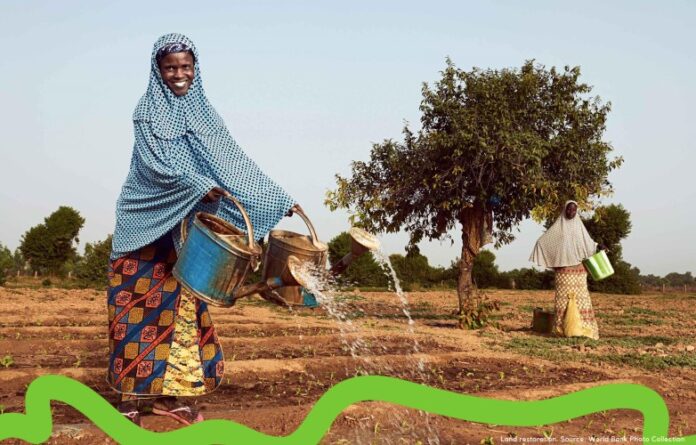The Great Green Wall that crosses the Sahel Region is, unlike today’s border walls, a wall that unites. And it could be the solution to the security and humanitarian crises in Central Sahel to be addressed at a conference on 20 October in Copenhagen.
The Government of Denmark, in partnership with the Government of Germany, the European Union and the United Nations is hosting a High-Level Humanitarian Event on Central Sahel. The event concludes on 20 October with a Ministerial Roundtable aimed at addressing the security and humanitarian situation.

While a report, issued by the UN Office for the Coordination of Humanitarian Affairs calls for lasting solutions to the humanitarian crises in the countries, the seeds for a sustainable response have already been planted.

More than anywhere else on Earth, the Sahel is on the frontline of climate change and millions of locals are already facing its devastating impact. Persistent droughts, lack of food, conflicts over dwindling natural resources, and mass migration to Europe are just some of the many consequences.
A decade in and roughly 15% underway, GGW is already bringing life back to Africa’s degraded landscapes at an unprecedented scale, providing food security, jobs and a reason to stay for the millions who live along its path. And once complete, the GGW will be the largest living structure on the planet, three times the size of the Great Barrier Reef.
In Burkina Faso, Mali and Niger, about 120 communities are involved, and a green belt has been created over more than 2,500 hectares of degraded areas and drylands with more than two million seeds and seedlings planted from fifty native species of trees. The GGW, however, remains challenged by insufficient, unpredictable and insecure funding.

Read more
- The Great Green Wall (GGW)
- High-Level Humanitarian Event on Central Sahel

